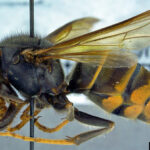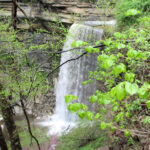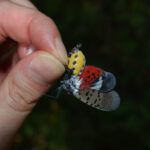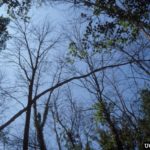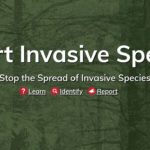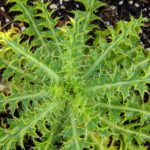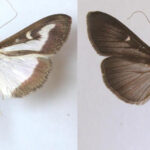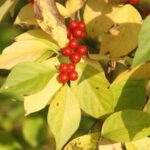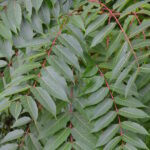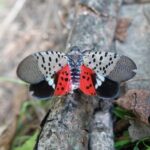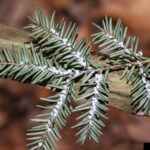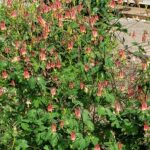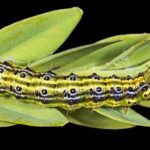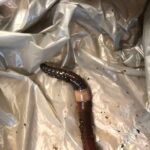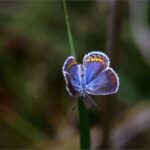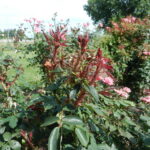Resources for landscapes and gardens in the Midwest
Search Results: invasive
Most people these days have, at the very least, heard of Callery and Bradford pear trees and know something about the invasiveness of this ornamental street tree. But I still get questions about what it is and why it’s so bad. So, I’d like to offer a little history of[Read More…]
Read MoreDon’t give invasives species a ride during the fall camping and foliage season. This beautiful waterfall in Clifty Falls State Park is located only 20 miles from where spotted lanternfly has been found in Indiana. (Photo by M. Ruby)
Read MoreThis year has been a rollercoaster of good (e.g. continued progress on the long term fight against emerald ash borer) and bad (e.g. sudden oak death potentially being introduced into the Midwest) news about invasive species. There’s been a lot to keep track of, but don’t worry if you’ve missed[Read More…]
Read MoreOn July 17th, at the Fort Harrison State Park in Indianapolis, the Natural Resources Commission passed the preliminary adoption of the Terrestrial Plant Rule (TPR) (https://www.in.gov/nrc/files/lsa18316_proposed.pdf). This rule restricts the sale, distribution, and transport of 44 invasive plants, which were determined invasive based on scientific literature by the Indiana Invasive[Read More…]
Read MoreDespite the sublime name, tree-of-heaven, Ailanthus altissima, is a particularly bad actor when it comes to trees encountered in the Midwest. This native of Asia was introduced to North America more than 150 years ago and has since become a widespread invasive pest. Rapid growth, extremely high seed production (hundreds[Read More…]
Read MoreIt’s that time of year when we remind everyone to watch for spotted lanternfly (SLF) infestations. Spotted lanternfly is an invasive insect first detected in Pennsylvania in 2014, and has since spread throughout the eastern USA. Its preferred host is the invasive Tree-of-Heaven, but it also feeds on a wide[Read More…]
Read MoreThe hemlock woolly adelgid (Adelges tsugae) continues its eastward spread across the US. In 2022, seven new counties were added to the distribution map of this invasive insect. While it is not present in Indiana yet, it is confirmed throughout the eastern USA from northern Georgia to Maine, extending west[Read More…]
Read MoreFor some, the term “shade garden” may be an oxymoron. When imagining a garden, most will think of a sunny area filled with flowering plants. So, it’s not surprising that gardeners would often fill shady areas with a hardy, evergreen ground cover and never look back. However, ornamental shade gardens[Read More…]
Read MoreThe problem There is another invasive species close to Indiana that landscaping and nursery professionals should look for. Box tree moth (Cydalima perspectalis) is native to East Asia, and was first detected in 2021 in New York. Detections in Michigan in 2022 have resulted in a quarantine zone for boxwoods[Read More…]
Read MoreIf you spend any time reading about native landscapes, you will quickly find numerous articles and guides for plants that are good for pollinators. Many native pollinator species are in decline, and choosing plants that support their lifecycle is a great way homeowners and landscapers can engage with the effort[Read More…]
Read MoreRose rosette disease is a severe problem for rose growers and occurs widely throughout many rose growing regions of the US, especially from the mid-South into the Midwest. The problem was described on roses in the early 1940s but actual cause of the disease remained murky until the pathogen was[Read More…]
Read MoreSign-up to receive email news and alerts from Purdue Landscape Working Group:

